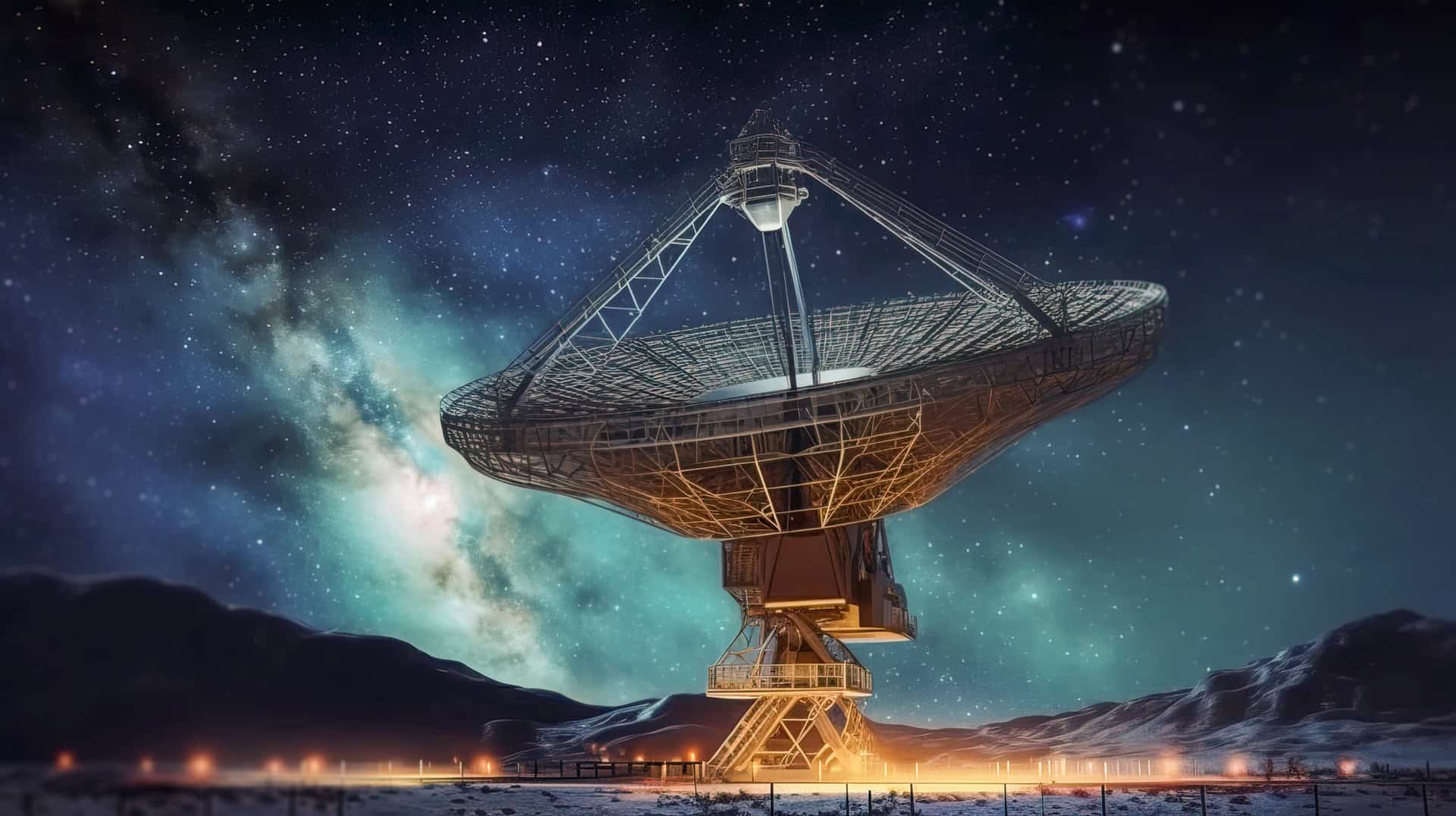Azure Summit’s advanced RF software-defined radios (SWITCHBLADE SDRs), spanning 1 MHz to 20 GHz, hold immense potential for transforming the radio astronomy industry. Their adaptability, sensitivity, and real-time data processing capabilities offer a new dimension to radio telescopes, enabling revolutionary advances in capturing and understanding celestial signals.
In radio astronomy, Azure Summit’s SWITCHBLADE SDRs stand out as a game-changer. Their adaptability addresses the limitations of traditional telescopes, expanding frequency coverage and allowing exploration of diverse radio emissions. SWITCHBLADE SDRs enable rapid testing of signal processing techniques, enhancing the detection of weak signals against noise.
The real-time data processing capability aligns with modern radio astronomy demands. Quick analysis is crucial for identifying significant events, and SWITCHBLADE SDRs facilitate timely responses to transient phenomena. Mitigating terrestrial interference is another benefit, as SWITCHBLADE SDRs offer dynamic spectrum monitoring to identify and adapt to sources of disruption.
Azure Summit’s SWITCHBLADE SDRs contribute to interferometry as well, ensuring synchronized data acquisition and processing for more accurate measurements and higher-resolution images. Their integration into telescopes optimizes data correlation, furthering the precision of astronomical observations.
Azure Summit’s SWITCHBLADE SDRs present a paradigm shift for the radio astronomy industry. By addressing operational challenges, expanding frequency exploration, and enhancing data processing and analysis, SWITCHBLADE SDRs empower astronomers to delve deeper into the universe, leading to groundbreaking discoveries and a more comprehensive understanding of celestial phenomena.


